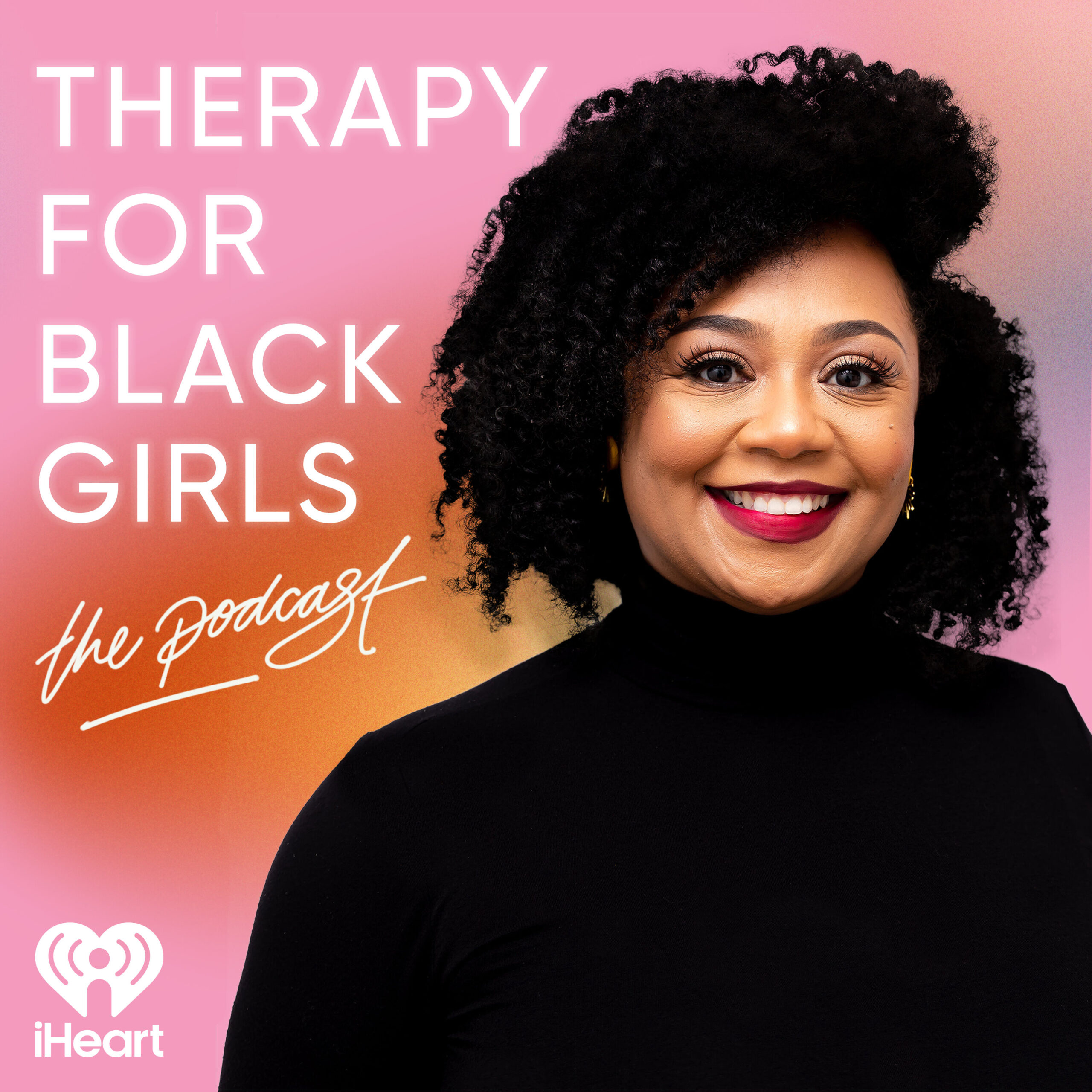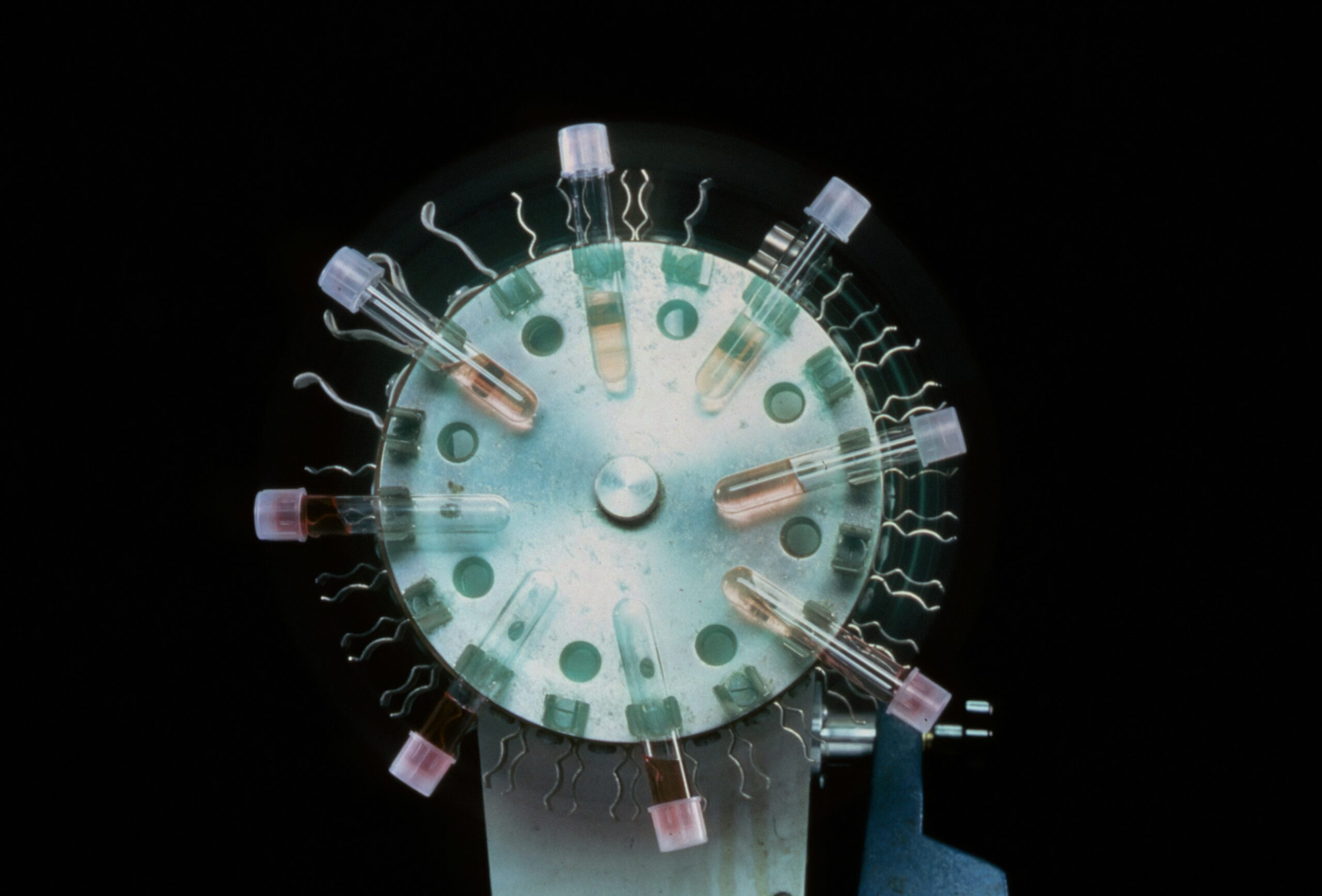
In recent years there has been a quiet hum in the research community about the role of sex-steroids in the well-established sex and gender differences associated with mental disorders.
Howard et al. (2025) calls for such whispers to gain more volume. Their paper summarises the complex interplay between biological mechanisms – such as brain development, hormonal fluctuations, and neuroinflammation – and the psychological and social pathways that influence women’s mental health.
Consideration for the role of sex hormones in brain development, functioning, and neuroinflammation is vital for understanding the risk factors and possible treatment improvements for women’s health disorders. Gender roles, stigma, shame, trauma, and life-stage-specific experiences all affect how mental illness presents in women. This is particularly relevant when viewed through the lens of the reproductive life course.

Sex-steroids play a crucial but underexplored role in shaping the biological, psychological, and social factors that contribute to women’s mental health across the reproductive life course.
Menstruation & menstrual-related disorders
Menstruation is a cyclical process involving hormonal fluctuations across phases – the follicular phase (dominated by follicle-stimulating hormone, FSH), the luteal phase (progesterone-dominant), and menstruation itself (when fertilisation does not occur) (Jarrell, 2018).
Premenstrual Syndrome (PMS) affects 20–30% of women, but it is not a clinically recognised condition (Yonkers & Simoni, 2018). For those who experience symptoms such as anxiety, depression, irritability, and other emotional, cognitive, and behavioural disturbances during the late luteal phase, this is defined as Premenstrual Dysphoric Disorder (PMDD) (Harm et al., 2013). It is estimated to affect 1.6% of menstruating females (Yonkers & Simoni, 2018).
Treatment options for PMDD include selective serotonin reuptake inhibitors (SSRIs), which can be taken either continuously or only during the luteal phase. The effectiveness of intermittent dosing with a peak effect after 48 hours (compared to the typical 2-week onset) suggests a different mechanism is responsible for the therapeutic effects (Reilly et al., 2023). Hormonal stabilisation is another treatment avenue, ranging from contraceptive pills to more invasive options like GnRH analogues or, in extreme cases, oophorectomy and hysterectomy.
Contraception
Contraception refers to all methods of pregnancy prevention, including of hormonal interventions and non-hormonal barriers. The relationship between mental health and contraception is complex, however, avoiding unintended pregnancy has been shown to consistently improve educational opportunities for girls (Petersen et al., 2023).
There appears to be a bidirectional relationship between mental health and contraception. Mental health can impact contraceptive adherence; for example women with conditions like schizophrenia or severe depression may experience cognitive or organisational difficulties that reduce consistent contraceptive use (Shelef et al., 2022). This raises risks of unplanned pregnancy and associated distress.
There’s also concern that hormonal contraceptives themselves may increase the risk of depression, particularly during the first two years of use. A large Danish cohort study (Skovlund et al., 2016) and UK Biobank sibling study (Johansson et al., 2023) both found associations between hormonal contraception and first-time depression diagnoses or antidepressant prescriptions.
There is a need for greater clarification around the relationship between hormonal contraception and poor mental health, both during initiation of the medication and long-term use – the latter of which may even be protective.

The complex relationship between mental health and contraception highlights both the psychological benefits of pregnancy prevention and potential risks linked to hormonal contraceptive use.
Abortion
Induced abortion is a medical procedure to end pregnancy via medication or surgical intervention. Research consistently shows that abortion is not associated with increased risk of mental disorders. This was consistent across different measures including psychiatric contact, first-time antidepressant use, and non-fatal suicide attempts.
Research has inferred a link between adverse mental health outcomes and abortion, but often fails to account for pre-existing mental disorders or other confounders – thus remains inconclusive. Stigma, structural barriers, and poor relationships are predictors of mental disorders in women after having an abortion.
Women with existing mental disorders have a higher rate of unintended pregnancy or abortion. This is linked to difficulty in hormonal contraception adherence, increased risk of sexual coercion and hypersexuality in those with bipolar.

Abortion itself is not linked to poor mental health outcomes, but stigma, pre-existing mental disorders, and lack of support can shape a woman’s experience before and after such a procedure.
Sexual dysfunction
Sexual dysfunction affects up to 41% of women and includes issues like low libido, difficulty with arousal or orgasm, pain during intercourse, or lack of intimacy (McCool et al., 2016). It can be a symptom or manifestation of psychological distress, with prevalence increasing to 60% in women with a mental health disorder. Psychotropic medications used to treat such disorders, can also have a greater effect on sexual function than the illness itself (Harley et al., 2010). Social and environmental factors (e.g., education levels, gender equality) also shape sexual wellbeing in women.
The value of satisfactory sexual life is often overlooked, but it has documented benefits on social interaction, feelings around one’s sexual orientation, self-confidence, and sexual health.
Hypersexuality
Hypersexuality refers to the pathological increase in sexual thoughts and behaviour. The ICD-11 lists hypersexuality among the symptoms of mania as an “increase in sexual drive” (World Health Organisation (WHO), 2022), whereas the DSM-5 lists it under “increase in goal-directed activity” and “excessive involvement in activities that have a high potential for painful consequences” (American Psychiatric Association, 2013).
Research has shown that subtle changes in sexual drive may be an early warning sign of a manic or hypomanic episode for individuals with bipolar disorder. This can lead to an increase in extramarital affairs, change in sexual behaviour, and increased risky and dangerous behaviours in women. Similar patterns have been reported in borderline personality disorder as a consequence of impulsivity.
Women have reported that the repercussions of periods of hypersexuality can include significant shame, and in some cases, post-traumatic stress disorder (PTSD). Support for these individuals is vital due to the harmful consequences, including risk of sexual abuse and exploitation.
Sexual violence and reproductive coercion
Sexual violence refers to any sexual act without consent, while reproductive coercion encompasses broader behaviours aimed at controlling a person’s reproductive choices—such as contraception interference or pressure to become pregnant.
Reproductive coercion affects 8–30% of women; pregnancy coercion, 1–19%; and contraceptive interference, 7–15% (Sexual violence is also widespread, with lifetime prevalence rates of rape ranging from 4–28% depending on the country.
Suicidal ideation and attempts are more common among survivors of sexual violence than any other types of traumatic experience. Similarly, sexual coercion has been correlated with depression, anxiety, PTSD and substance use.
Supporting these individuals requires specific intervention, with new models being developed for those affected by reproductive coercion. Trauma-focused treatments like cognitive behaviour therapy and eye movement desensitization and reprocessing have been shown to improve mental health outcomes in both higher- and lower-income settings.

Women’s mental health is often compromised by the psychological effects of sexual dysfunction, hypersexuality during mood episodes, and reproductive abuse.
Infertility and assisted reproduction
Infertility, defined as the inability to conceive after 12 months of unprotected sex, affects 8–12% of heterosexual couples, with higher rates (up to 30%) in low- and middle-income countries.
Infertility treatment is on the rise, but the treatment process may take years and can significantly impact mental health through emotions of grief, loss, frustration and anger (3). Such emotions can be exacerbated by multiple cycles, and around 30% of those undergoing treatment will not conceive.
Research has shown there is no association between stress and pregnancy outcomes, although a meta-analysis of cortisol has revealed mixed results. Psychotic disorders can also reduce fertility due to both illness-related factor and medication side-effects.
Gynaecological conditions related to fertility
Polycystic ovarian syndrome (PCOS) is characterised by hyperandrogenism and menstrual irregularities and affects up to 20% of women. Endometriosis is a chronic disorder in which endometrium-like tissue grows outside of the uterus, it affects 15% of women of reproductive age and the main symptom is pain.
There is a noted impact of these gynaecological conditions on mental health due to symptom burdens, treatments, chronic pain and other implications. Endometriosis is associated with depression and anxiety, and for those with PCOS there is a greater risk of having at least one mental disorder.

Difficulty conceiving and chronic reproductive health conditions can cause emotional strain, with pain, hormonal changes, and prolonged treatment contributing to anxiety, depression, and psychological distress.
Menopause
Menopause often brings vasomotor symptoms, insomnia, brain fog, low mood, and sexual dysfunction and these symptoms can continue for years resulting in a significant impact on quality of life. Recent research has stressed that during this time women are vulnerable to depression symptoms; with first onset being 2.5 times higher compared to pre-menopause. Risk factors for depressive symptoms during the menopause transition include pre-existing susceptibility to mental health issues associated with hormonal shifts, such as postpartum depression/psychosis or PMDD.
Furthermore, there is evidence of an increased risk of first onset of psychotic disorders suggesting that oestrogen could be protective against psychoses. There is also worsening of symptoms for those with an existing schizophrenia diagnosis.
Hormone replacement therapy (HRT) is recommended for management of vasomotor symptoms but can also improve depressive symptoms and insomnia. SSRIs can improve both hot flushes and depressive symptoms through their effect on oestrogen. Psychological interventions are helpful for managing mood symptoms and supporting individuals during this time.

Hormonal changes during menopause can trigger new or worsening mental health symptoms, including depression, anxiety, and cognitive difficulties, particularly in those with prior sensitivity to hormonal shifts.
Implications
Women’s reproductive mental health remains under-researched, under-resourced, and under-recognised. The cumulative impact of hormonal shifts, societal stigma, and inadequate care cannot be ignored.
Sex and gender differences must be better integrated into mental health research, services, and policy. Understanding the dynamic interactions between biology, culture, trauma, and reproductive health is essential.
Claire Dolman’s (2025) commentary piece underscores the practical importance of this research by Louise Howard et al. (2025). In particular, she highlights the under-recognised role of hypersexuality in women with bipolar disorder, as well as the heightened hormonal sensitivity seen in PMDD and menopause-related depression.
As society becomes more open about women’s reproductive health, now is the time for research to catch up – especially into the effects of female sex steroids on brain function.

Women’s mental health has long been sidelined. It’s time research caught up with the realities of hormones and stigma and began taking sex seriously.
Statement of interests
None.









